It was built in a Byzantine-Russian style in 1867-1869, according to the design of Mikołaj Syczew, the building works being directed by the engineer Palicyn. Before the building was built, some changes had to be made to the project, which included, for example, increasing the number of domes. With the opening of the St. Petersburg and Terespol Stations in the 1860s, it became possible to travel all across the Russian Empire and arrive at Warsaw. This was used by people looking for work or who wanted to sell their goods. With the becoming Russian population, it became evident that these people would need a place to pray. Apart from this, it was considered necessary to solidify an image of Russian architecture in the Warsaw panorama to show that the city was a part of the Russian Empire. Since 1921, the church has the status of a Metropolitan Council, (Metropolitan Council of the Saint Equal to the Apostles Mary Magdalene.) On its grounds one can find bells that were previously in the the bell tower. In 1944 the Germans wanted to use them for bullets, but the alloy which they were made of could not be melted.
The Russians also left something to remember themselves by in the form of two tenements. One of these can be found at Stalowa Street 25 in Nowa Praga. Built at the end of the 19th Century for Iryna of Jagorowa Roszczynowa. On the Western side of the uppermost building, there was a Orthodox cross made of brick and the letters LR written in Cyrillic. The letter L was most likely the first letter of the name Lucjan- Lucjan Karpowicz Roszczynow was the husband of Iryna. There is no longer any trace of the cross and the sign which bore witness to the origin of the house’s owners, but a postcard preserving the building’s pre-1915 appearance has thankfully been preserved.
Another remnant of the Russians, this time a military one, can be found on the wall at Borowska Street 2. Long before this street was laid down, there were buildings for military use placed here. The soldiers stationed in this area left signs inscribed on the bricks in Cyrillic. This is most often a name and surname and date.

Bliskości starówki, znakomite skomunikowanie transportem miejskim z resztą miasta oraz duża liczba atrakcji w różnych obszarach tematycznych powodują, że warszawska Praga jest znakomitym miejscem do odkrycia tego, co jeszcze w Warszawie nieodkryte. Zarówno dla turystów jak i mieszkańców stolicy!
Zapraszamy na Pragę!
Barbara Tutak Prezes Zarządu Warszawskiej Organizacji Turystycznej


Dofinansowanie zadania publicznego ze środków Ministerstwa Rozwoju i Technologii zgodnie z zawartą Umową nr III/16/P/63003/2820/21/DT.

Dofinansowanie zadania publicznego ze środków Ministerstwa Rozwoju i Technologii zgodnie z zawartą Umową nr III/16/P/63003/2820/21/DT.

PragaodNova 2021 | Polityka prywatności
projekt i wykonanie: aiai.pl